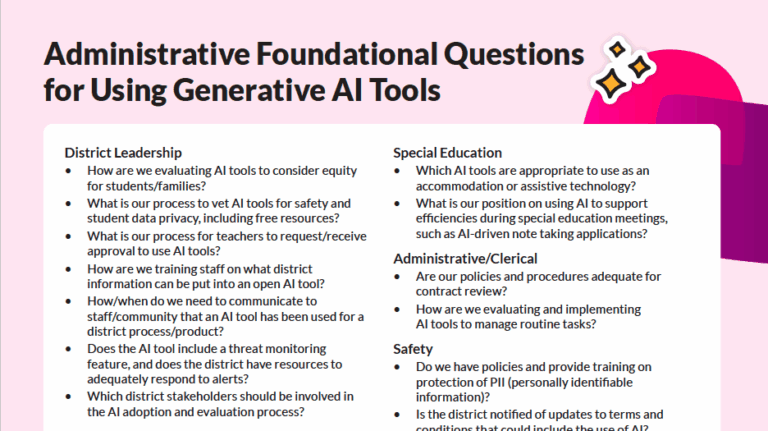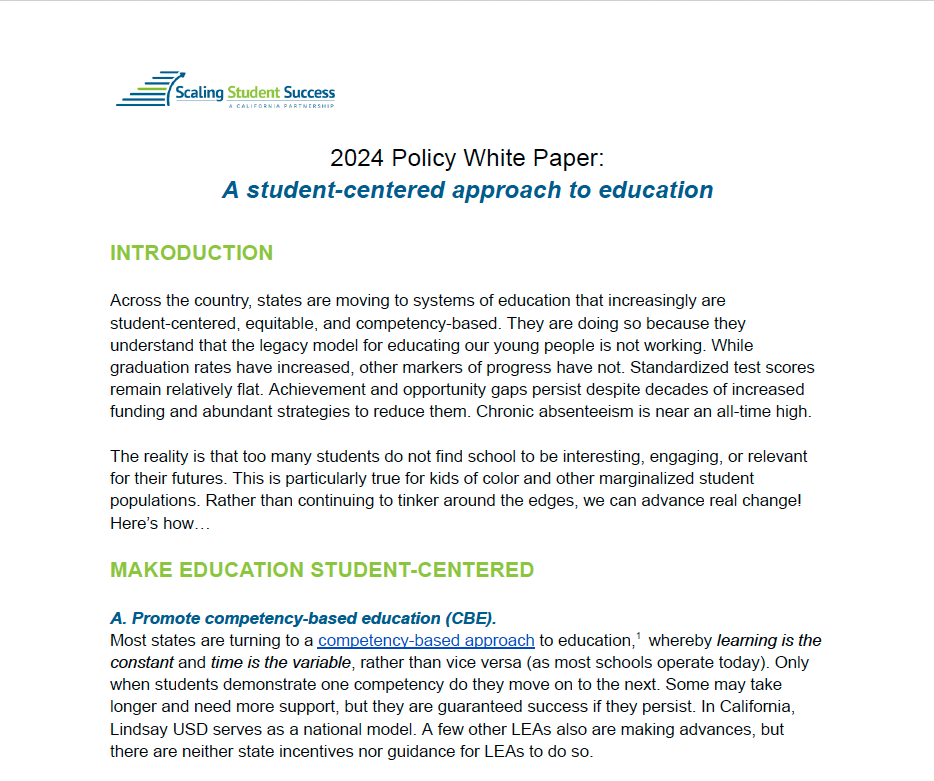By Oscar Macias
In recent weeks, school communities throughout the country have been shaken by a disturbing trend: a rash of social media threat hoaxes targeting our schools. These hoaxes, often spread rapidly through platforms like Instagram, TikTok, and Snapchat, have caused widespread panic, disrupted learning, and strained our resources. As an educator, I feel compelled to address this issue and propose a comprehensive strategy to combat these threats.
The Impact of Social Media Threat Hoaxes
The impact of these hoaxes cannot be overstated. Each false threat triggers a cascade of reactions: potential emergency lockdowns, police investigations, and frantic communications with students, parents and guardians. The emotional toll on students, faculty, support staff, administrators and families is significant. Fear and anxiety permeate our schools, undermining the sense of safety and security that is essential for effective learning.
Moreover, these hoaxes divert valuable resources away from genuine emergencies. Law enforcement and school administrators are forced to allocate time and effort to investigate and respond to these false alarms, detracting from their ability to address real threats and support our students’ educational needs.
Immediate Measures to Address Social Media Threat Hoaxes
To address the immediate threat posed by these hoaxes, we must adopt a multi-faceted approach that involves the school district, law enforcement, and the community at large.
Enhanced Monitoring and Reporting: Students, and parents/guardians, members are the eyes and ears of every school community. We should encourage them to report any threats they encounter online promptly and do so, if possible, anonymously with an online reporting system.
Swift and Transparent Communication: When a threat is identified, it is crucial to communicate swiftly and transparently with all our educational partners. This includes informing parents, students, faculty, support staff and administrators about the nature of the threat, the steps being taken to address it, and any necessary precautions. Clear and consistent communication can help to alleviate fear and prevent the spread of misinformation.
Collaboration with Law Enforcement: Strengthening our partnership with local law enforcement is essential. By working closely with local police departments, we can ensure a coordinated response to threats and streamline the investigation process. Regular training and joint exercises can also help to improve our preparedness for potential emergencies.
Education and Awareness Campaigns: Educating students about the consequences of making false threats and the importance of responsible social media use is vital. We can organize workshops, assemblies, and classroom discussions to raise awareness about the impact of hoaxes and promote digital citizenship.
Implementing a Comprehensive Cell Phone Policy
One of the most significant challenges we face in addressing social media threat hoaxes is the pervasive use of smartphones among students. While these devices can be valuable tools for learning and communication, they also pose significant risks when misused. Therefore, it is imperative that we implement a thorough cell phone policy that acknowledges these dangers and provides clear guidelines for student possession and usage of smartphones.
Restricted Usage During School Hours: To minimize distractions and reduce the potential for misuse, we should restrict the use of smartphones during school hours. Students should be required to keep their phones in lockers or designated areas, with exceptions made for educational purposes under teacher supervision.
Parental Involvement and Education: Parents play a crucial role in managing their children’s smartphone use. We should provide resources and workshops to educate parents about the risks associated with social media and the importance of monitoring their children’s online activities. By fostering a collaborative approach, we can ensure that students receive consistent guidance both at home and at school.
Digital Literacy Curriculum: Integrating digital literacy into our curriculum is essential. Students need to understand the ethical and legal implications of their online actions, as well as how to critically evaluate online content. By teaching digital literacy, we can empower students to use technology responsibly and make informed decisions.
Clear Consequences for Misuse: Our cell phone policy must include clear consequences for misuse. Students who use their phones to spread threats or engage in other harmful activities should face appropriate disciplinary actions. These consequences should be communicated clearly to all students and enforced consistently.
Long-Term Corrective Measures
While immediate actions are necessary, we must also implement long-term corrective measures to address the root causes of social media threat hoaxes and build a more resilient community.
Mental Health Support: Many of these hoaxes are perpetrated by individuals seeking attention or expressing underlying emotional distress. By providing comprehensive mental health support services, we can address these issues proactively. This includes hiring additional counselors, implementing peer support programs, and offering mental health education to students and staff.
Strengthening Digital Literacy: Enhancing digital literacy education is crucial in helping students navigate the online world safely and responsibly. We should integrate digital literacy into our curriculum, teaching students how to critically evaluate online content, recognize misinformation, and understand the legal and ethical implications of their online actions.
Community Engagement: Building a strong sense of community and fostering positive relationships between students, parents, and school staff can help to prevent the isolation and alienation that often lead to disruptive behavior. We can organize community events, parent-teacher meetings, and extracurricular activities that promote inclusivity and collaboration.
Policy Development and Enforcement: Developing clear policies and consequences for making false threats is essential. These policies should be communicated to all students and enforced consistently. Additionally, we should advocate for state and federal legislation that addresses the issue of social media threat hoaxes and provides appropriate penalties for offenders.
A Unified Effort
Addressing the issue of social media threat hoaxes requires a unified effort from all members of our community. By taking immediate action and implementing long-term corrective measures, we can mitigate the impact of these hoaxes and build a more resilient community.
In conclusion, the recent rash of social media threat hoaxes is a serious challenge that demands our immediate attention and collective action. By enhancing monitoring and reporting, improving communication, collaborating with law enforcement, and educating our students, we can address the immediate threat. Simultaneously, by providing mental health support, strengthening digital literacy, engaging the community, and developing clear policies, we can address the root causes and build a safer, more connected community. Together, we can ensure that our schools remain places of learning, growth, and safety for all.
Oscar Macias has served for over 25 years in public education. He was a campus supervisor, a classroom teacher, high school assistant principal, a middle school principal, and a Director of Education of Equity, Access, and Family Engagement. He is currently the Interim Assistant Superintendent of Instructional Services for the Burbank Unified School District. He is a proud member, supporter, and advocate of ACSA.

































